-

Bismarck Brown Y (C.I. 21000) CAS:10114-58-6
Bismarck Brown Y, also known as C.I. 21000, is a synthetic organic compound that belongs to the class of azo dyes. It is commonly used as a biological stain in histology and cytology. Bismarck Brown Y is known for its ability to selectively stain tissues and cell structures, making it useful for microscopic examination and research purposes. It has a reddish-brown color and is often applied in combination with other stains to differentiate various cellular components. Additionally, Bismarck Brown Y has been used in biomedical research and as a dye in the textile industry.
-
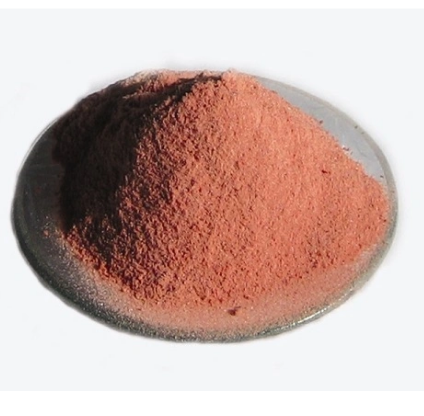
Calcein CAS:1461-15-0 Manufacturer Price
Calcein is a fluorescent dye commonly used in cell biology and related scientific research. It can be employed to label and track live cells, measure cell viability, and visualize cell structures and organelles. Calcein is popular for its ability to emit a bright green fluorescence, making it valuable in various assays and imaging techniques.
-
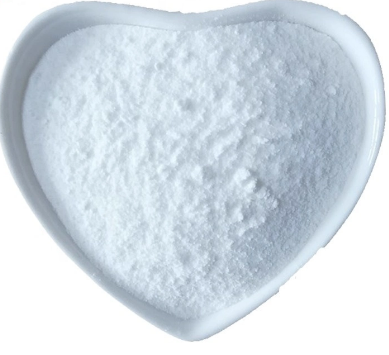
D-Biotin CAS:58-85-5 Manufacturer Price
D-Biotin, also known as vitamin H or coenzyme R, is a water-soluble vitamin that belongs to the B-complex group. It plays a crucial role in numerous metabolic processes in the body, particularly in the metabolism of carbohydrates, fats, and proteins.
One of the primary functions of D-Biotin is its involvement as a coenzyme in various enzymatic reactions. It acts as a cofactor for several carboxylase enzymes, which are responsible for the synthesis of important compounds like fatty acids, glucose, and amino acids. D-Biotin helps to activate these enzymes, allowing them to perform their catalytic functions effectively.
Additionally, D-Biotin is vital for the health of the hair, skin, and nails. It is often used as a supplement to promote healthy hair growth, strengthen brittle nails, and maintain clear and glowing skin. D-Biotin is involved in the production of keratin, a protein that forms the structural components of hair, skin, and nails.
Biotin is found naturally in various foods such as eggs, nuts, seeds, and organ meats. It can also be taken as a dietary supplement to ensure an adequate intake.
-

superoxide dismutase CAS:9054-89-1
Superoxide dismutase (SOD) is an enzyme that plays a crucial role in the antioxidant defense system of cells. Its primary function is to catalyze the conversion of superoxide radicals into hydrogen peroxide and molecular oxygen. This reaction helps protect cells from highly reactive and damaging free radicals produced during various metabolic processes.
Superoxide radicals are generated as byproducts of processes such as respiration and inflammation, and they can cause cellular damage by promoting oxidative stress. SOD helps mitigate this damage by rapidly transforming superoxide radicals into less harmful hydrogen peroxide, which can be further broken down by other enzymes.
There are different forms of SOD, including copper/zinc SOD (Cu/Zn SOD), manganese SOD (Mn SOD), and extracellular SOD (EC SOD), each found in different cellular compartments. The presence of SOD in cells is crucial for maintaining proper oxidative balance and preventing oxidative damage to important cellular components, such as DNA, proteins, and lipids.
-

Triphosphopyridine nucleotide disodium salt CAS:24292-60-2
Triphosphopyridine nucleotide disodium salt, also known as NADP+, is a molecule that serves as a coenzyme involved in several essential cellular processes. It functions mainly in redox reactions, where it acts as a carrier of reducing equivalents during metabolic processes. NADP+ is a derivative of niacin (vitamin B3) and is crucial for various biochemical pathways, including energy production and antioxidant defense. Its sodium salt form, triphosphopyridine nucleotide disodium salt, is often used in research and laboratory settings to manipulate cellular processes.
-
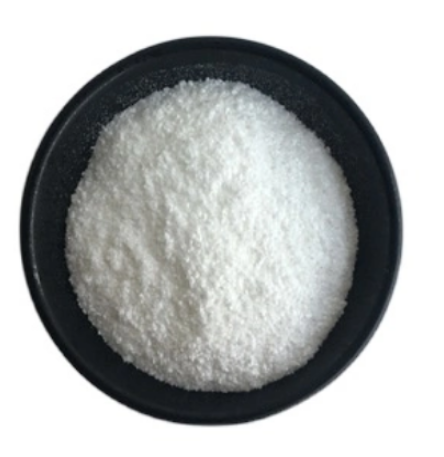
Trypsin inhibitor CAS:9035-81-8 Manufacturer Price
A trypsin inhibitor is a protein or peptide molecule that inhibits or blocks the activity of the enzyme trypsin. Trypsin is a digestive enzyme responsible for breaking down proteins in the digestive system. Trypsin inhibitors are naturally occurring compounds found in various plant and animal sources, such as soybeans, potatoes, and eggs. They play a role in regulating trypsin activity and can have potential applications in research, as well as in industries like food processing, agriculture, and pharmaceuticals.
-
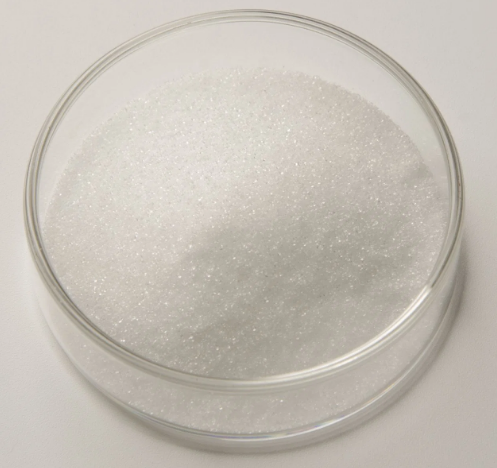
3-Hydroxy-4,5-bis(hydroxymethyl)-2-methylpyridine CAS:65-23-6
3-Hydroxy-4,5-bis(hydroxymethyl)-2-methylpyridine is a chemical compound with the molecular formula C8H11NO3. It is a derivative of pyridine and contains hydroxyl and methyl groups. This compound may have potential applications in pharmaceuticals or organic synthesis due to its unique structure and functional groups.
-
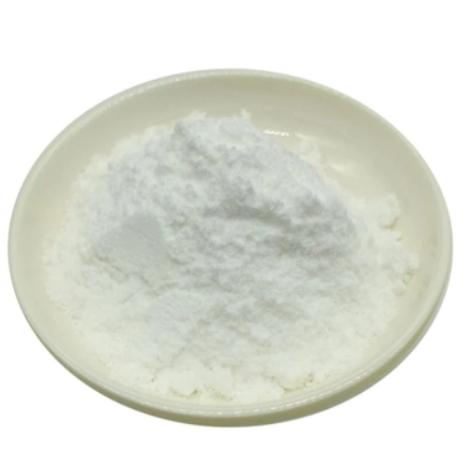
Papain CAS:9001-73-4 Manufacturer Price
Papain is a proteolytic enzyme derived from the papaya fruit (Carica papaya). It belongs to the family of cysteine proteases and has the ability to break down proteins into smaller peptides and amino acids. Papain is widely used in various industries, including food, pharmaceuticals, and cosmetics, due to its digestive, anti-inflammatory, and exfoliating properties. It is commonly used as a meat tenderizer, digestive aid, wound healer, and ingredient in skincare products.
-

4,4-bis(Dimethylamino)thiobenzophenone CAS:1226-46-6
4,4′-Bis(dimethylamino)thiobenzophenone is a chemical compound often used as a photosensitizer in photodynamic therapy, a treatment that uses light-sensitive drugs to treat medical conditions such as cancer and certain skin conditions. This compound is known for its ability to generate reactive oxygen species when exposed to light, which can lead to cell damage in targeted areas.
-
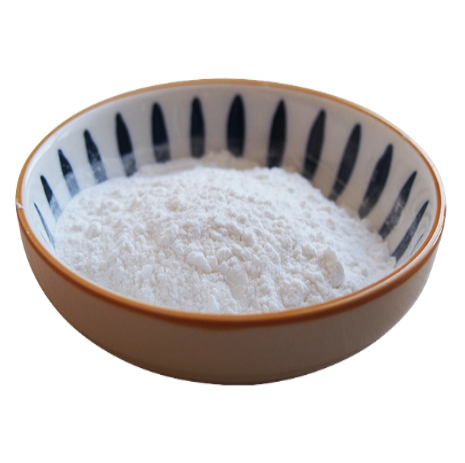
DNase I, from Bovine Pancreas CAS:9003-98-9
DNase I, derived from bovine pancreas, is an enzyme that specifically hydrolyzes DNA molecules. It cleaves the phosphodiester bonds present in the DNA backbone, resulting in the degradation of the DNA into smaller fragments. DNase I is widely used in molecular biology research, particularly in applications involving DNA isolation, purification, and manipulation. It is employed to remove genomic DNA contamination from RNA samples, to degrade DNA in protein-DNA complexes, and to fragment DNA for various experiments such as DNA footprinting and chromatin analysis. DNase I also finds applications in medical diagnostics, where it is used to detect and quantify cell-free DNA in circulating blood, as well as in forensic science for the analysis of DNA evidence.
-

Adenine phosphate salt CAS:70700-30-0
Adenine phosphate salt, also known as adenosine monophosphate (AMP), is a nucleotide that plays a crucial role in cellular metabolism and energy storage. It is a key component of adenosine triphosphate (ATP), which serves as the primary energy currency in cells. Adenine phosphate salt is involved in various biochemical processes, including the transfer of energy during cellular respiration and the synthesis of nucleic acids.
-
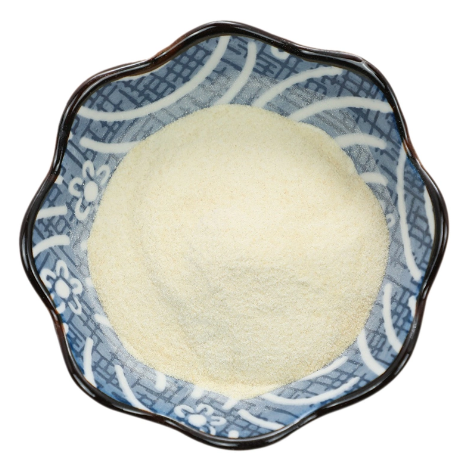
Pepsin CAS:9001-75-6 Manufacturer Price
Pepsin is a digestive enzyme found in the stomach that plays a crucial role in protein digestion. It breaks down proteins into smaller peptides by cleaving peptide bonds. This process helps in the absorption of amino acids, which are essential for various bodily functions. Pepsin is particularly active in an acidic environment, such as the stomach, and is essential for the digestion and breakdown of dietary proteins.

